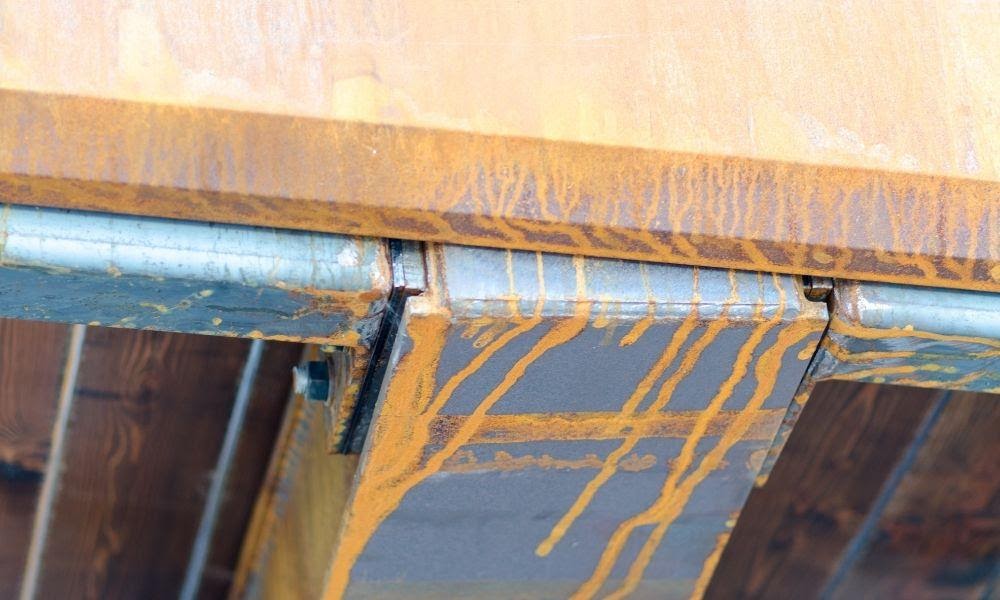The Challenges of Building in a Humid Atmosphere

A tropical climate has its perks that understandably lure business owners toward exotic locations—namely, warmer weather and sunnier days. Despite the handful of upsides to a tropical climate, the incredible amount of humidity in the air can weigh on your company, specifically its building’s performance. If you’re thinking of relocating to a muggier climate, first consider the challenges of building in a humid atmosphere. You’ll find that even the strongest infrastructure is susceptible to decline in this environment.
Ways That Humidity Presents Itself in Buildings
One reason to veer away from building in humid climates relates to how the moisture impacts a building’s structural integrity and safety. The following are likely to occur in an environment with a high moisture content.
- Bacteria, mildew, mold that cause wood decay
- Pests such as termites and carpenter ants
- Atmospheric infrastructure corrosion that reduces building elements’ stability
- Brittle paint and varnishes
- A decline in thermal insulation value
Common Health Issues That Result From Damp Indoor Conditions
Because humidity can also transmit airborne viruses and debris, you and your company’s staff may become susceptible to the following health conditions if you work in a tropical climate.
- Exacerbated asthma conditions
- Coughing
- Wheezing
- Other upper respiratory illnesses
How To Manage Building Moisture
Fortunately, should you be too far along in the building construction process, you can minimize the presence of moisture in buildings through different methods of humidity control. Just as there are ways to reduce indoor water vapor for the sake of staff health, there are ways to prevent atmospheric corrosion due to humidity in the interest of your building’s health.
To manage indoor moisture content, your building should heed the American Society of Heating, Refrigerating, and Airconditioning Engineers’ (ASHRAE) HVAC guidelines for different climate zones. HVLS fans are also a popular choice for minimizing the negative effects of humid atmospheres.
Final Thoughts
As you can see, you don’t have to take tropical climates completely off the table. Just know that the challenges of building in a humid atmosphere will require additional investment in moisture-reducing equipment and procedures. If you have the budget for humidity control materials, your building will have the chance to perform well against adverse infrastructure conditions.




